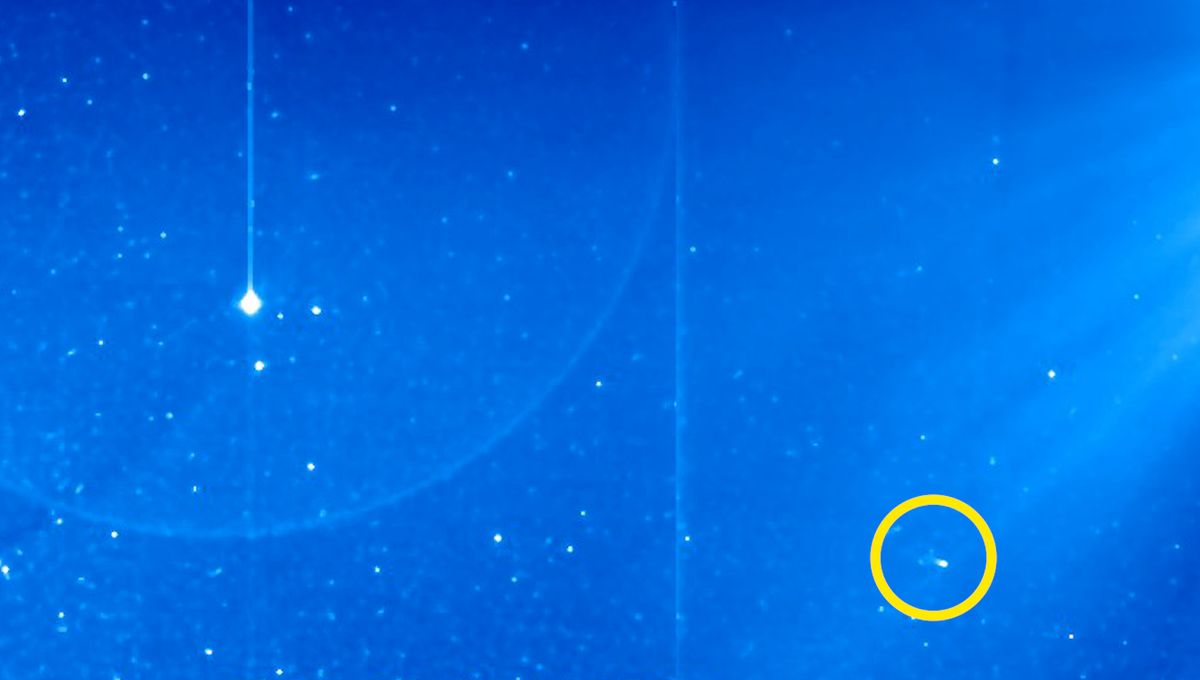
Comet C/2023 A3 (Tsuchinshan-ATLAS) has been a right tease. Back in May, it looked on the way to brightening steadily and becoming visible to the naked eye by October – however, in July, a paper pointed out several unusual features that suggested the comet might not survive the close encounter with the Sun in less than a month. Doomed or not? Now, observations seem to be a lot more optimistic: the comet is going strong.
“It continues to brighten steadily, and is now up to magnitude 7,” astronomer Qicheng Zhang of the Lowell Observatory told spaceweather.com. “It also continues to display a very robust ion tail. There are zero signs that the nucleus is disintegrating.”
So, the earlier predictions are back home. Original estimates predicted that it would be in the top 50 brightest objects in the sky. An even more optimistic curve pushes it as brighter than Jupiter, and a bit less bright than Venus. Zhang is leaning toward that scenario.
Comet Tsuchinshan-ATLAS’s closest passage to the Sun will take place on September 27 at a distance of 58.6 million kilometers (36.4 million miles) from our star. It should be visible to the naked eye by then (and better seen before dawn). It will steadily increase as it gets further away from the Sun and nearer Earth.
From October 9, it should be visible at sunset, making it a very convenient spectacle if it starts shining as bright as hoped. On October 12, the comet will perform its closest pass to Earth, roughly 70.6 million kilometers (43.9 million miles) away, and it should have a brightness between Jupiter and Venus if predictions hold. On top of that, it should have a long tail that extends far away from it and should be visible in dark sky areas.
The comet was discovered over 15 months ago independently by two observatories. The first one was the Zijinshan Astronomical Observatory (Purple Mountain Observatory), but it was lost in follow-up observations. That happens as the comet was a faint and distant object. It was then found again by the Asteroid Terrestrial-impact Last Alert System (ATLAS) in South Africa. Following the discovery, it was also found in older observations from December 2022.
Source Link: Comet Tsuchinshan-ATLAS Still Alive – Becoming Visible To The Naked Eye Is Back On The Table